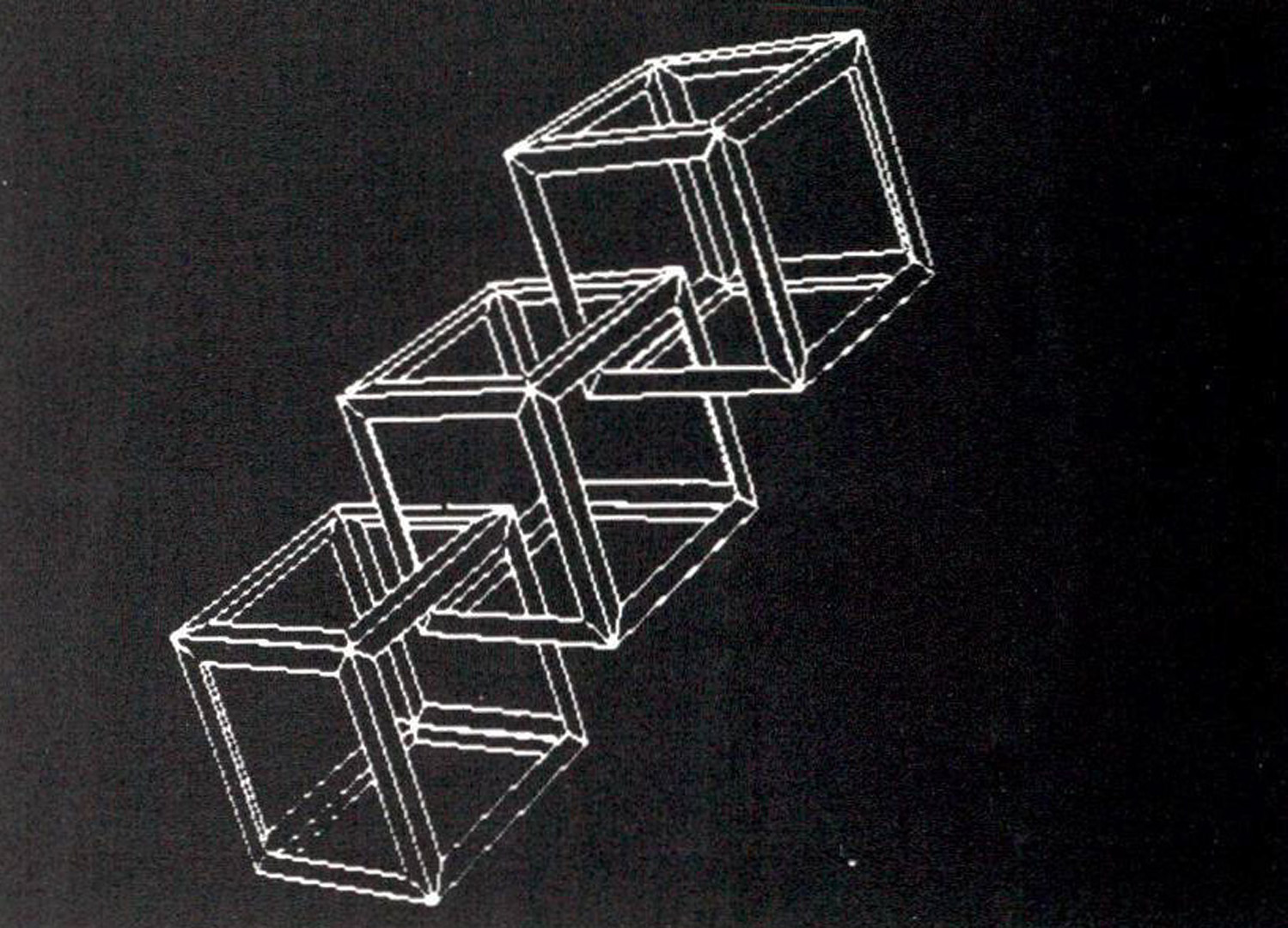“On visible surface generation by a priori tree structures” by Fuchs, Kedem and Naylor
Conference:
Type(s):
Title:
- On visible surface generation by a priori tree structures
Presenter(s)/Author(s):
Abstract:
This paper describes a new algorithm for solving the hidden surface (or line) problem, to more rapidly generate realistic images of 3-D scenes composed of polygons, and presents the development of theoretical foundations in the area as well as additional related algorithms. As in many applications the environment to be displayed consists of polygons many of whose relative geometric relations are static, we attempt to capitalize on this by preprocessing the environment’s database so as to decrease the run-time computations required to generate a scene. This preprocessing is based on generating a “binary space partitioning” tree whose in order traversal of visibility priority at run-time will produce a linear order, dependent upon the viewing position, on (parts of) the polygons, which can then be used to easily solve the hidden surface problem. In the application where the entire environment is static with only the viewing-position changing, as is common in simulation, the results presented will be sufficient to solve completely the hidden surface problem.
References:
1. Berman, G. and Fryer, K.D. Introduction to Combinatorics, (1972) Academic Press.
2. Fuchs, H. and Johnson, B. “An Expandable Multiprocessor Architecture for Video Graphics” Proc. 6th Annual Symp. on Computer Architecture, (1979) pp 58-67
3. Schumaker, R.A., Brand, P., Gilliland, M. and Sharp, W. “Study for Applying Computer-Generated Images to Visual Simulation,” AFHRL-TR-69-14, U.S. Air Force Human Resources Laboratory (1969)
4. Sutherland, I.E., Sproull, R. F. and Schumaker, R.A. “A Characterization of Ten Hidden-Surface Algorithms”, (1974) ACM Computing Surveys, 6 (1): 1-55




